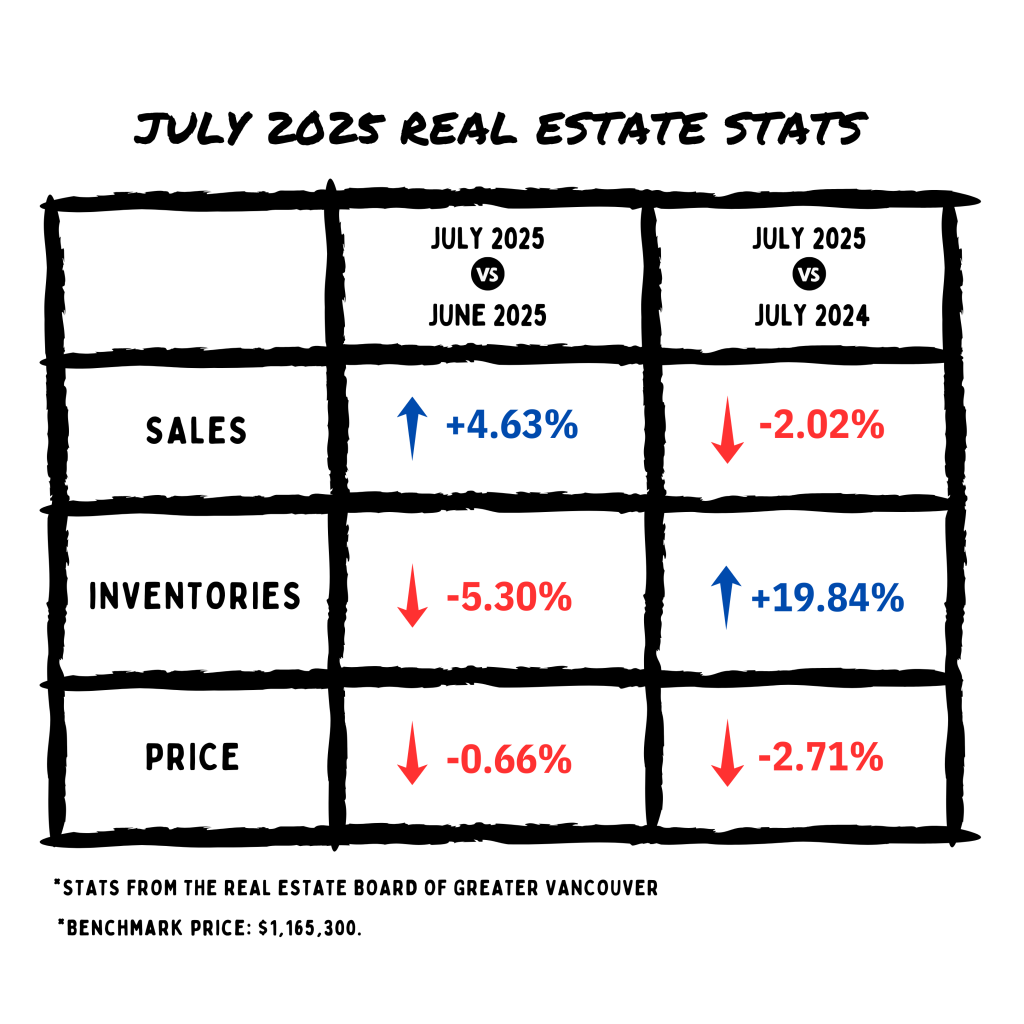Cracking the Strata Code: How to Read Between the Lines
When buying a strata property, part of the due diligence we handle for clients is reviewing strata documents—typically covering the past two years.
For anyone new to strata living, this can feel overwhelming. The documents can easily add up to hundreds, even thousands, of pages.
Here is a quick overview of some key terms and documents that can give you a good first impression of how a building is managed, before diving into the details:
Form B
A summary sheet with key information about the specific unit, including:
- Monthly strata fees
- Any outstanding amounts owing
- Parking and storage locker numbers
- The contingency fund balance (the building’s savings for future repairs)
Contingency Fund
This is the strata’s emergency savings account.
- Newer buildings usually have a smaller balance because little has needed repair.
- Older buildings typically have larger balances, as more money is set aside for future repairs.
A healthy contingency fund is a good sign of proactive management.
Depreciation Report
Prepared by an independent company, this report:
- Lists major repairs done in the past
- Provides projections for future repairs and costs under different funding models
- Must be updated every five years
Remember, these are projections, not a guarantee of what will happen, but they give a good roadmap of potential costs.
AGM (Annual General Meeting)
This yearly meeting is where owners vote on budgets, set priorities, and decide whether more funds need to be saved for future repairs or replacements.
Special Levy
A special levy is an extra payment that all owners must contribute toward specific work.
It doesn’t always mean an emergency or something unexpected—sometimes it’s for planned, upcoming projects that aren’t covered by the regular budget.
Is it time to run if you see a special levy? Not necessarily.
It depends on:
- What the levy is for
- Whether the repairs are already underway or planned
- How the cost impacts the overall value of the unit
In many cases, a special levy can be a good sign that the complex is being well maintained and improved. These are the types of conversations worth having with your realtor.
Insurance Certificate
This document outlines the insurance policy for the entire building (not your individual unit).
One key number we look at is the water damage deductible.
- In the past, a deductible under $100,000 was generally a good sign.
- Recently, we’re seeing deductibles as high as $300,000 or even $500,000.
A high deductible often signals there have been multiple water damage claims. If we see this, we’ll go through the strata minutes carefully to see what incidents occurred and whether there are ongoing issues.
Where to Start If You’re New to Strata
If you’re short on time and want a general overview, start with these:
- Form B – covers basic facts about the unit and the contingency fund balance
- AGM minutes – look for any mention of special levies or large projects
- Depreciation report – review past major work done and skim the future funding models
Last but not least, don’t be alarmed if you see terms like “special levy” or a high water damage deductible. These numbers tell a story—and once you understand what they mean, the picture often looks very different. I’ve seen older buildings with multi‑million‑dollar loans for major projects like roofs, balconies, and building membranes. At first glance, the numbers look scary, but in reality, those stratas are extremely proactive about maintenance and the buildings often end up in far better shape than many newer complexes.



